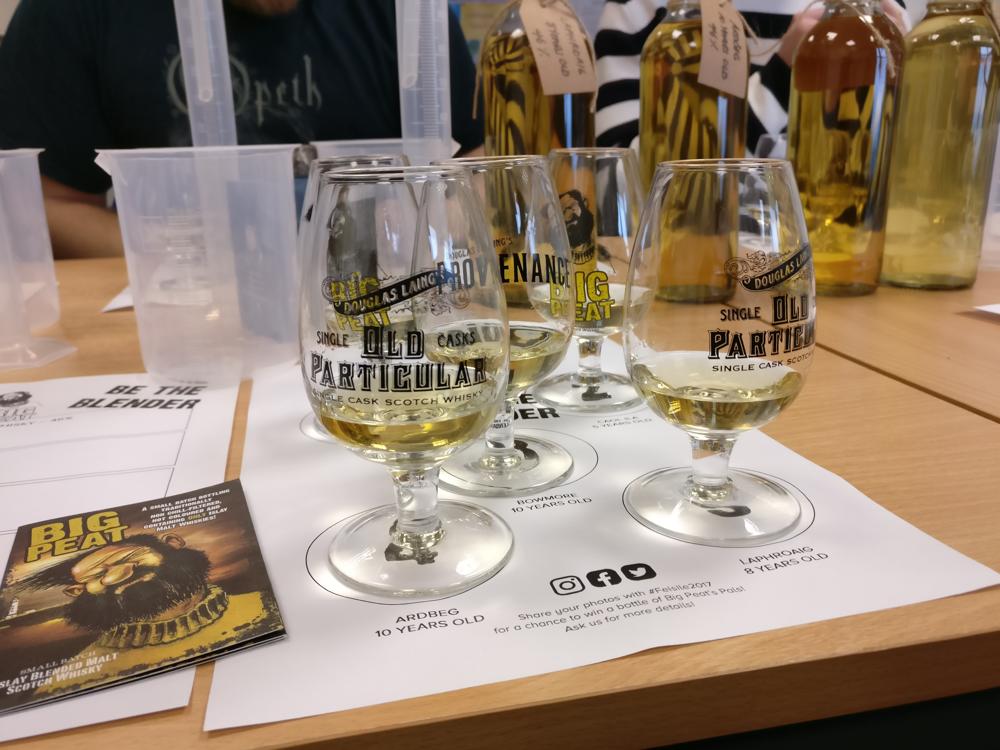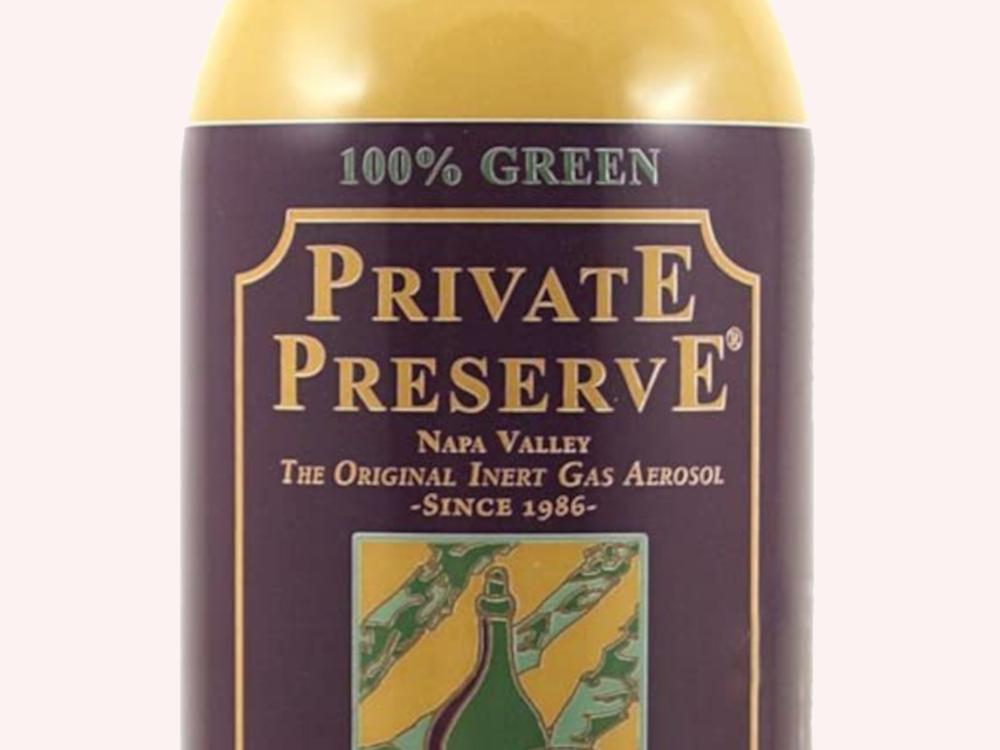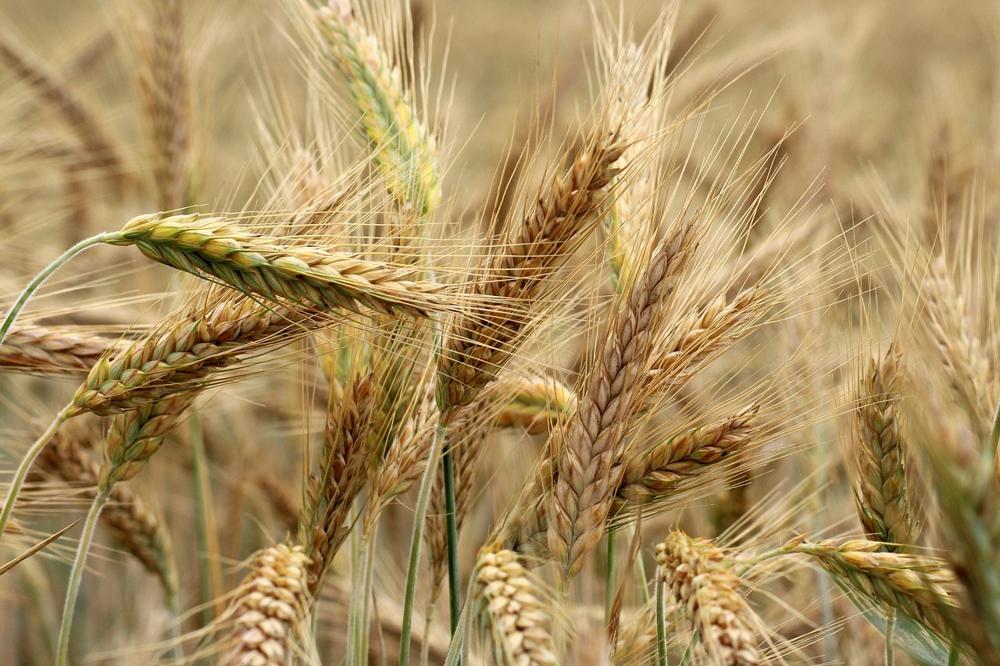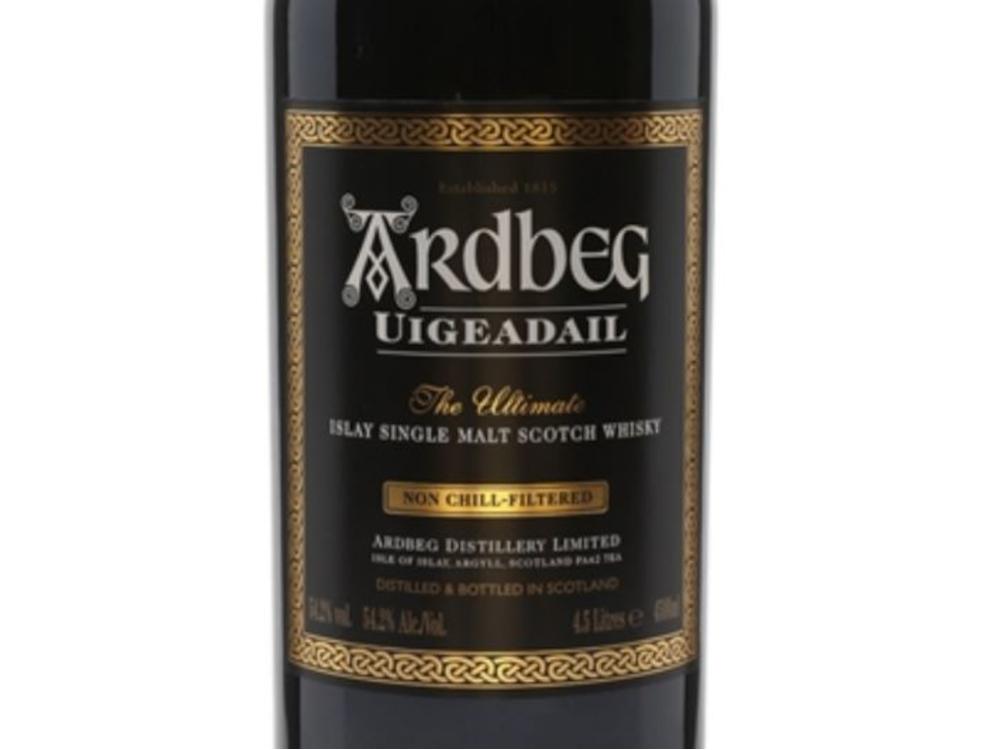Whisky Fundamentals

Whisky Glassware
Published 17/08/2020
What Are The Best Whisky Glasses? The SMWS glass - the best all rounder The Glencairn - the most widely known glass, poorer for grain whiskies The Copita - fantastic for grain and sherried whiskies The Cognac Glass - widely available and great for most drams, weaker on peat The Blender’s Glass - perfect for blended whisky, good for grain The Túath Glass - solid for bourbons, ryes and Irish pot still The NEAT Glass - the perfect upgrade from a tumbler, excellent for high ABV The Norlan - an expensive tumbler The Tumbler - for those who want their whisky chilled The Highball - for those looking for refreshment Historical Background If you look into the history of whisky drinking, you will quickly come across the “Quaich” or “Quaigh” or “Quoich”.
Whisky Glassware
Inert Gas and Whisky Oxidisation
Published 15/08/2020
Unlike wine whisky doesn’t continue to mature in the bottle once opened, unfortunately the chemical transformations don’t stop entirely. While the change much slower than with wine, Oxidisation will inevitably change the taste of the spirit over the course of months and years. This can be a net benefit, with oxidisation improving younger whiskies, rounding out deficiencies just as it did to the whisky maturing within the cask. Unfortunately it can also be very detrimental.
Inert Gas and Whisky Oxidisation
Baudoinia Compniacensis
Published 14/08/2020
What is Baudoinia Compniacensis? Baudoinia Compniacensis is a sac fungus (Ascomycota) that has been observed on a variety of natural substrates near distilleries including soil, rock and vegetation, as well as bonded warehouses, and nearby street signs. The fungus is a habitat colonist with a preference for airborne alcohol. Controvertial Neighbours In recent years the Baudoinia fungus has made newpaper headlines, as the fungus don’t limit their growth to the distilleries and warehouses.
Baudoinia Compniacensis
Grain Varietals and Whisky Production
Published 09/08/2020
All over the world the same 3 raw materials are used for the production of whiskies, whether for whisky, whisky or bourbon the base is the same, grain, water, and yeast. With these 3 ingredients a mash is created, brewed, distilled and matured creating every variation of whisky on the planet. Every whisky consists of one, or more different types of grain. The distilleries that use several varieties have their secret mixing ratio (the Mash Bill).
Grain Varietals and Whisky Production
No Age Statement (NAS) whisky
Published 09/08/2020
A relatively new trend has been causing controversy within the traditionally age focussed whiskey world for the last few years. No Age Statements, whiskies with no age information on the label. Most NAS whiskeys are single malts, these came about as a consequence of the law requiring that only the age of the youngest whiskey in the bottle may be stated. What is NAS Whisky? NAS stands for No Age Statement and means that no information will be given about the age of the liquid inside the bottle.
No Age Statement (NAS) whisky
